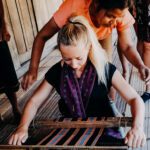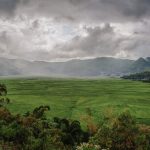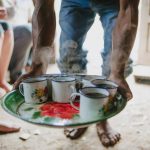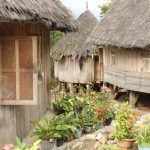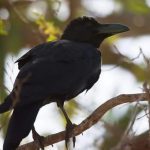Wae Rebo is an old Manggaraian village, situated in pleasant, isolated mountain scenery. The village offers visitors a unique opportunity to see authentic Manggarai housing and to experience the everyday life of the local community. In the village of Wae Rebo, visitors can see mbaru niang – traditional, circular cone-shaped houses with very unique architecture. Nowadays, it is still a place to hold meetings, rituals and Sunday-morning prayers together.
Wae Rebo can be visited as part of our Flores adventures
The village can only be reached by way of a three-hour hike (depending on your physical condition) from Repi Ecocamp. The hike is definitely worth the effort: the dense rain forest along the narrow path to Wae Rebo is one of a stunning biological diversity. Not only does it host interesting vegetation, including orchids, palms, and different ferns, but also an impressive population of singing birds.
The circular, cone-shaped buildings were all rebuilt in a traditional way. In contrast today’s rectangular buildings, the hearth is situated in the center of the house. The massive roof, made out of palm fiber, is supported by a central wooden pole. The ceremonial house – differing in size from the other buildings – is the place where sacred heirloom drums and gongs are stored, and where different ceremonies and rituals are held. This house is a communal building, gathering eight families who are descended from a common ancestor under its huge roof. Its structure symbolizes the unity of the clan, with the sacred drums considered the clan’s medium to communicate with the ancestors.
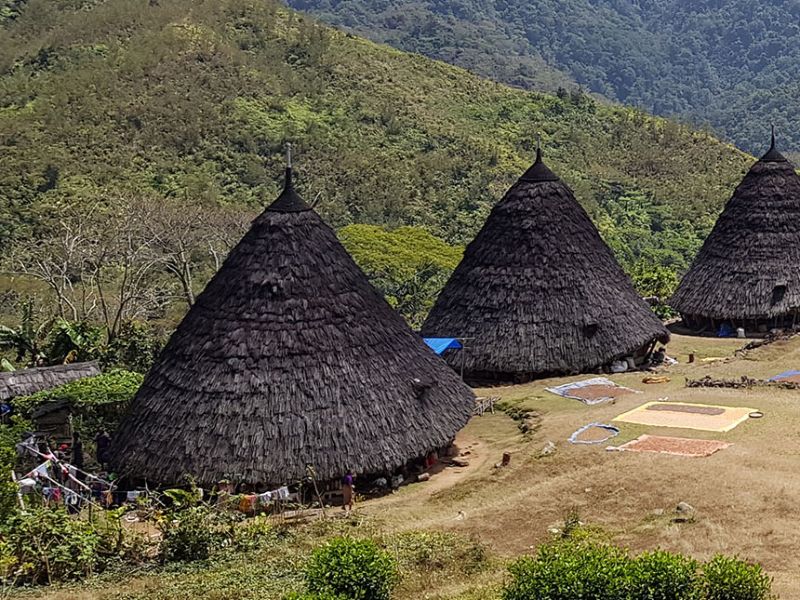
When you visit Wae Rebo, you will not only see the authentic Manggaraian housing, but also get an opportunity to experience the daily life of the local people. Most of the people work in their gardens from early morning until dawn, busy with harvesting coffee and processing the beans. Even though weaving is not a major activity in Wae Rebo, you may encounter some women weaving traditional songket cloth. Visitors are welcome to spend the night in the mbaru niang, and to socialize and dine with the Wae Rebo community. You will sleep on a tikar, a woven mat made out of pandanus leaf, in the mbaru niang, and get a taste of how life used to be when the extended families still lived their lives under one roof.
Wae Rebo Facilities
These are basic, traditional houses so luxuries are not only absent, but completely foreign. Sleeping is in a communal area and on mats. Bathrooms are shared. This is how life was before all the distractions – and it is good. As the community offers you to experience their daily life, you will dine together with them and they will also take care of your well-being.
